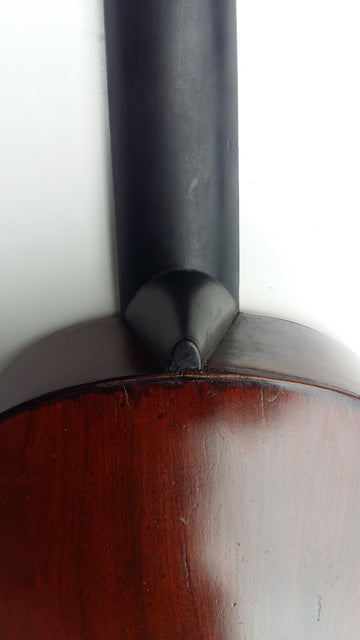I have had a 100 year old William Morris type Sussex chair in my garage loft for 40 years. I picked it up from a junk shop for a couple of pounds. It probably isn't by WM himself but is fairly close so my idea was to restore it to attractive usable condition. It had been outside so the finish was dreadful so, without realising my error, I stripped what was left of the finish without really looking at it. All I can remember is that it was a form of ebonising. I'm not sure but I think it probably wasn't a clear finish over a stain. There is no rush seat.
Now I've retired, I have time to restore the chair but I'd like advice on what to use to finish it. Ideally, I'd like it to be the same as original. Googling ebonising techniques gives me at loads of different methods including these:
- Black paint.
- Coloured varnishes & lacquers.
- Black French Polish.
and, of course,
- Chemical darkening using iron and vinegar & similar.
- Clear varnishes over water or spirit stains.
So, does anyone know what finish was used on the original William Morris Sussex chairs? I've asked people who are selling them and got no helpful answers.
Failing that, what would people think is appropriate for a 100 year old arts and crafts chair?
Thanks, Brian
Now I've retired, I have time to restore the chair but I'd like advice on what to use to finish it. Ideally, I'd like it to be the same as original. Googling ebonising techniques gives me at loads of different methods including these:
- Black paint.
- Coloured varnishes & lacquers.
- Black French Polish.
and, of course,
- Chemical darkening using iron and vinegar & similar.
- Clear varnishes over water or spirit stains.
So, does anyone know what finish was used on the original William Morris Sussex chairs? I've asked people who are selling them and got no helpful answers.
Failing that, what would people think is appropriate for a 100 year old arts and crafts chair?
Thanks, Brian









